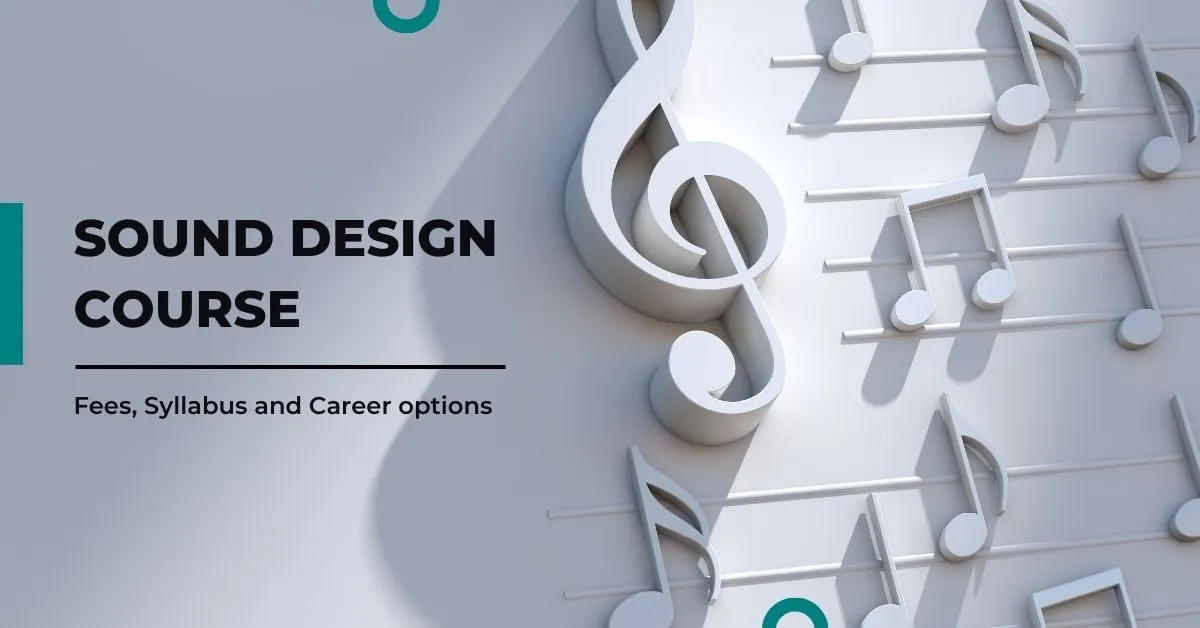In the vast realm of music, there exists a captivating yet often overlooked element that can shape the entire auditory experience for listeners. It is none other than the intricate and artistic craft of sound design. From blockbuster movie soundtracks to innovative albums, sound design plays a crucial role in transforming simple melodies into immersive sonic landscapes. In this article, we will delve into the fascinating world of sound design in music, exploring its definition, techniques, and its impact on the overall musical journey.
Defining Sound Design in Music:
Sound design in music involves the deliberate creation and manipulation of various sonic elements to evoke specific emotions, enhance storytelling, and provide a unique sonic identity to a piece of music. It encompasses the careful selection and arrangement of sounds, such as musical instruments, synthesized tones, field recordings, vocal samples, and even everyday objects. By combining these elements, sound designers have the power to shape the texture, atmosphere, and overall sonic experience of a composition.
The Role of Sound Design:
Sound design is not limited to a specific genre or medium. It finds its place in film scores, video game soundtracks, electronic music, and even experimental genres. In the realm of film, sound design adds depth and realism, amplifying the visuals and immersing the audience in the cinematic world. From the delicate rustling of leaves to the thunderous roar of a car engine, sound design enhances the storytelling by creating a believable and engaging sonic environment.
In music production, sound design allows artists to break free from traditional instrumentation, opening doors to limitless creative possibilities. By sculpting unique sounds, musicians can evoke emotions, create tension, and transport listeners to imaginary realms. From ethereal pads and pulsating basslines to glitchy effects and otherworldly textures, sound design empowers artists to craft their sonic signatures and push the boundaries of musical expression.
Techniques and Tools:
Sound design is a blend of artistry and technical expertise, often requiring a deep understanding of audio manipulation techniques and the utilization of various tools. Digital audio workstations (DAWs) such as Ableton Live, Logic Pro, and Pro Tools provide a plethora of tools and plugins that enable sound designers to shape and transform sounds. Synthesizers, samplers, effects processors, and field recording equipment are among the arsenal of tools employed to create unique and captivating sonic landscapes.
From synthesis to audio processing, sound designers employ techniques like layering, modulation, filtering, granular synthesis, and spatialization to shape sounds according to their creative vision. The ability to combine disparate elements, alter their characteristics, and mold them into cohesive sonic entities is a hallmark of skillful sound design.
The Impact and Significance:
Sound design serves as a powerful tool to invoke emotions, enhance narratives, and engage listeners on a profound level. It can transport us to imaginary worlds, trigger memories, and elicit visceral reactions. A well-crafted sound design can elevate a musical piece from the ordinary to the extraordinary, leaving a lasting impression on the audience.
In conclusion, sound design in music is a captivating art form that adds depth, texture, and emotion to compositions. It empowers artists to transcend conventional boundaries and explore new sonic territories. Through the skillful arrangement and manipulation of sounds, sound designers breathe life into music, creating immersive experiences that resonate with listeners. So, the next time you find yourself captivated by a captivating soundtrack or an innovative piece of music, take a moment to appreciate the artistry of sound design that makes it all possible.
Explore more about the Sound design Course

